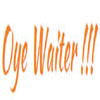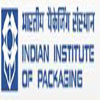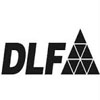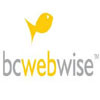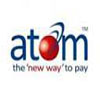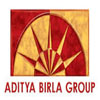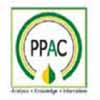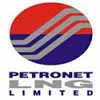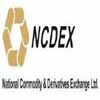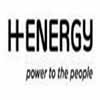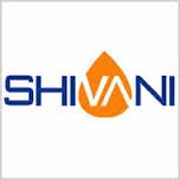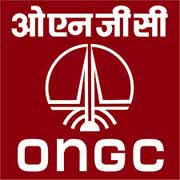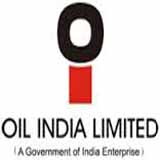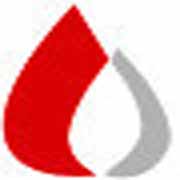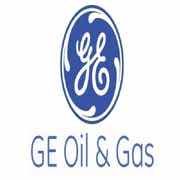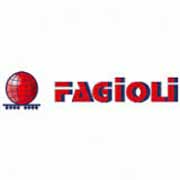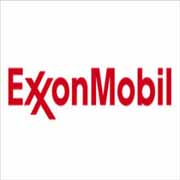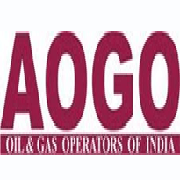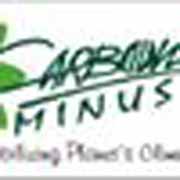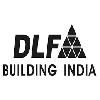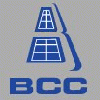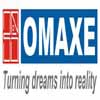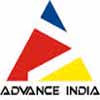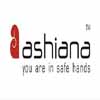-
India may shortly move towards dynamic petroleum product pricing model
With two international oil companies set to start retail sale of petroleum products in India, the domestic market’s move towards dynamic pricing seems imminent, said two officials from the ministry of petroleum and natural gas who did not want to be named. Under dynamic, or real-time, pricing, price of a product can vary as fixed by individual retailers across locations and duration of the day. At present, retailers charge uniform prices for petroleum products such as diesel and petrol across outlets in the same region.
Though the prices of domestic cooking gas and kerosene are set by the government, petrol and diesel prices are deregulated. “With international entities such as Rosneft OAO and BP Plc coming in the retail scenario, we might see dynamic pricing for petrol and diesel as competition is sure to increase,” said one of the officials. While BP has recently received a licence to set up 3,500 fuel stations, Rosneft inherited 2,700 retail outlets following a deal to acquire Essar Oil Ltd.
According to an 8 September 2016 report by Mint newspaper, state-run Hindustan Petroleum Corp. Ltd (HPCL) has already started experimenting with dynamic pricing at select outlets.
Currently, India has 56,190 fuel retail outlets, including state-run and private, which sell petrol and diesel of firms such as Indian Oil Corp. Ltd (IOC), HPCL and Bharat Petroleum Corp. Ltd (BPCL). The other firms involved in the fuel retail are Numaligarh Refinery Ltd and Mangalore Refinery and Petrochemicals Ltd. Also, private entities such as Reliance Industries Ltd, Essar Oil (acquired by Roseneft) and Shell India also retail petroleum products.According to a draft policy by the ministry of petroleum and natural gas, there are three retail outlet models in place—dealer owned dealer operated, dealer owned corporation operated and corporation owned corporation operated. Queries emailed to the spokesperson of the petroleum ministry on 4 October remained unanswered. According to experts, competition will improve the retailing standards in the country. “India will now experience international standards which will surely improve consumer experience,” said Sanjay Grover, partner at EY, a consultancy.
According to BP Global data, India has emerged as the third-largest consumer of crude oil with a consumption of 4.2 million barrels per day (mbpd) for calendar year 2015, after the US (19.39 mbpd) and China (11.96 mbpd). India overtook Japan, which consumed 4.15 mbpd. A 12 September Fitch Ratings report noted consumption growth for petroleum products to remain strong over the medium term. “Consumption increased by 7.8% in the first quarter of the fiscal year to end-March 2017 compared with 10.9% in FY16. We expect growth to moderate to around 5-6% in FY17 and thereafter. We also expect continued strong gasoline consumption growth of around 9-10% over the medium term, supported by robust passenger vehicle sales amid low crude-oil prices,” the report added. Adrian Colbert Womens Jersey
Share This


























